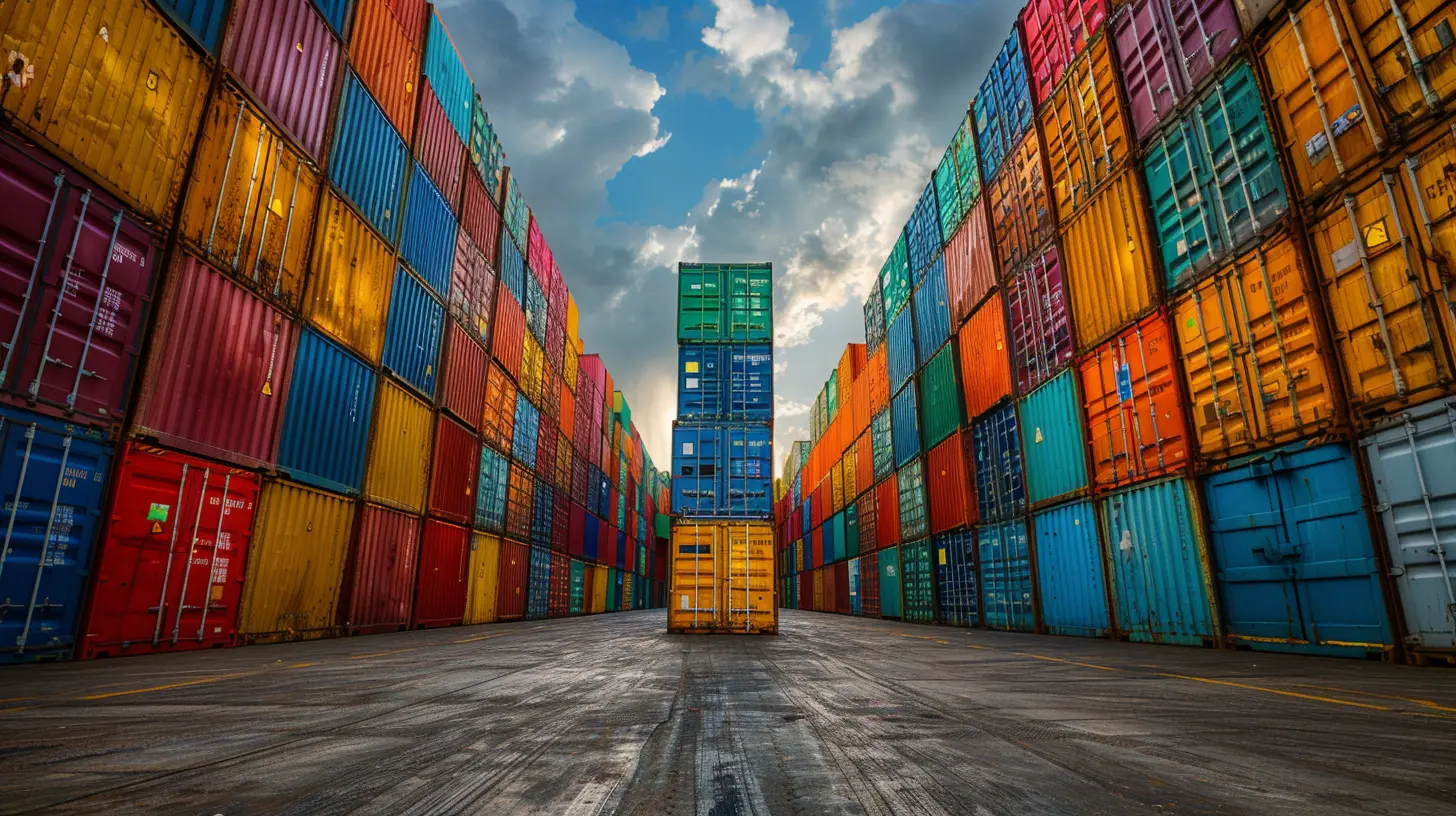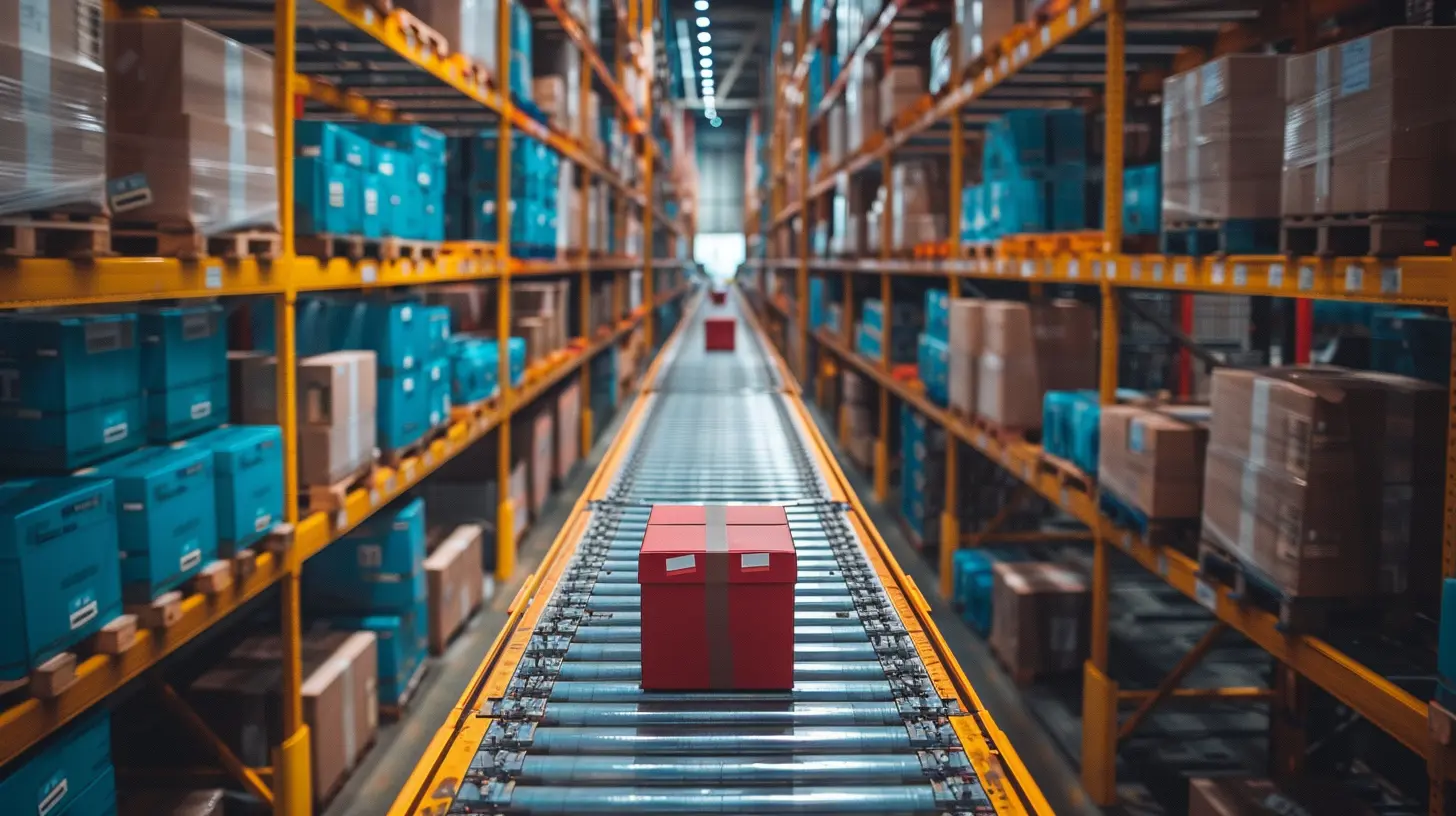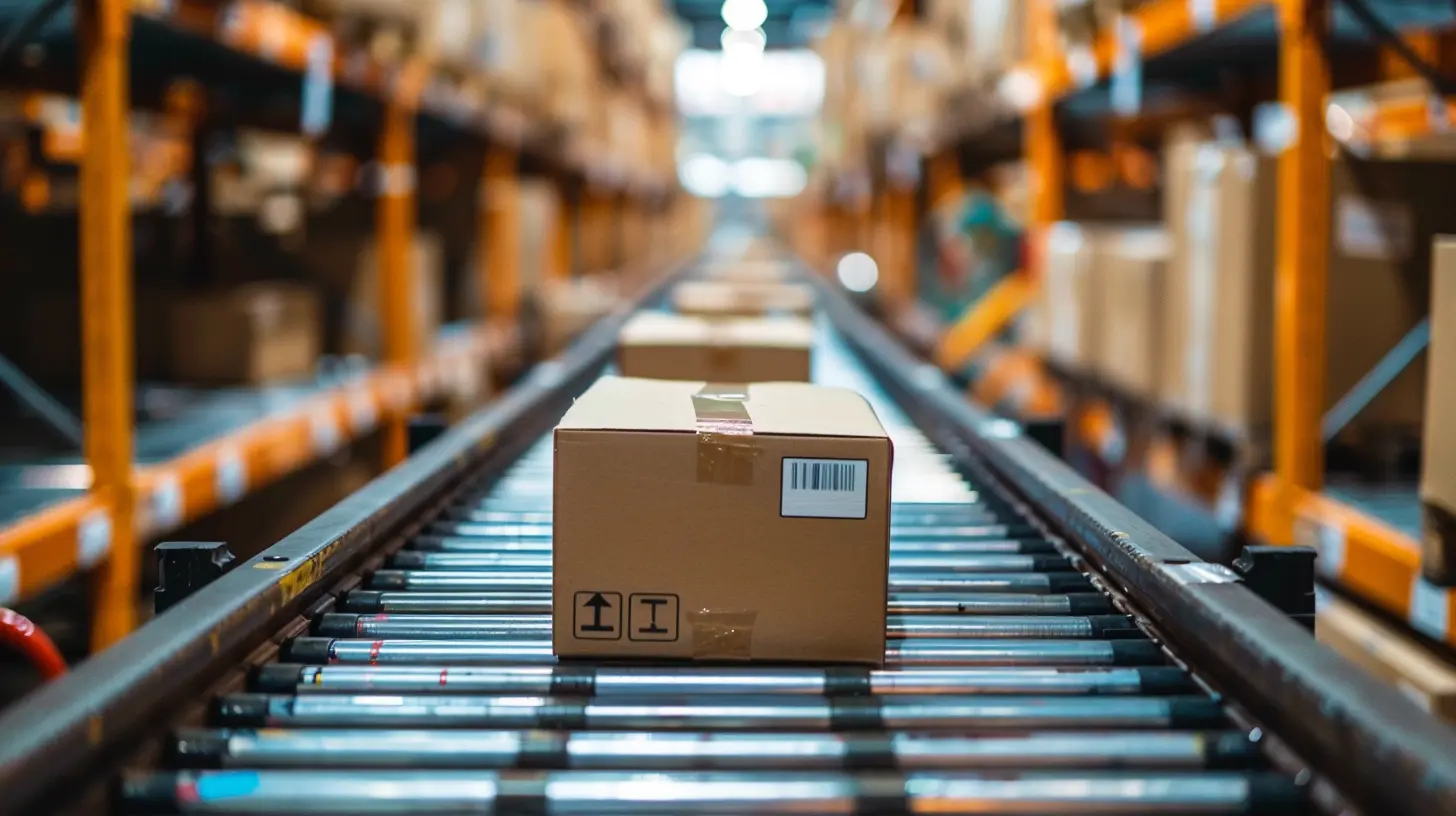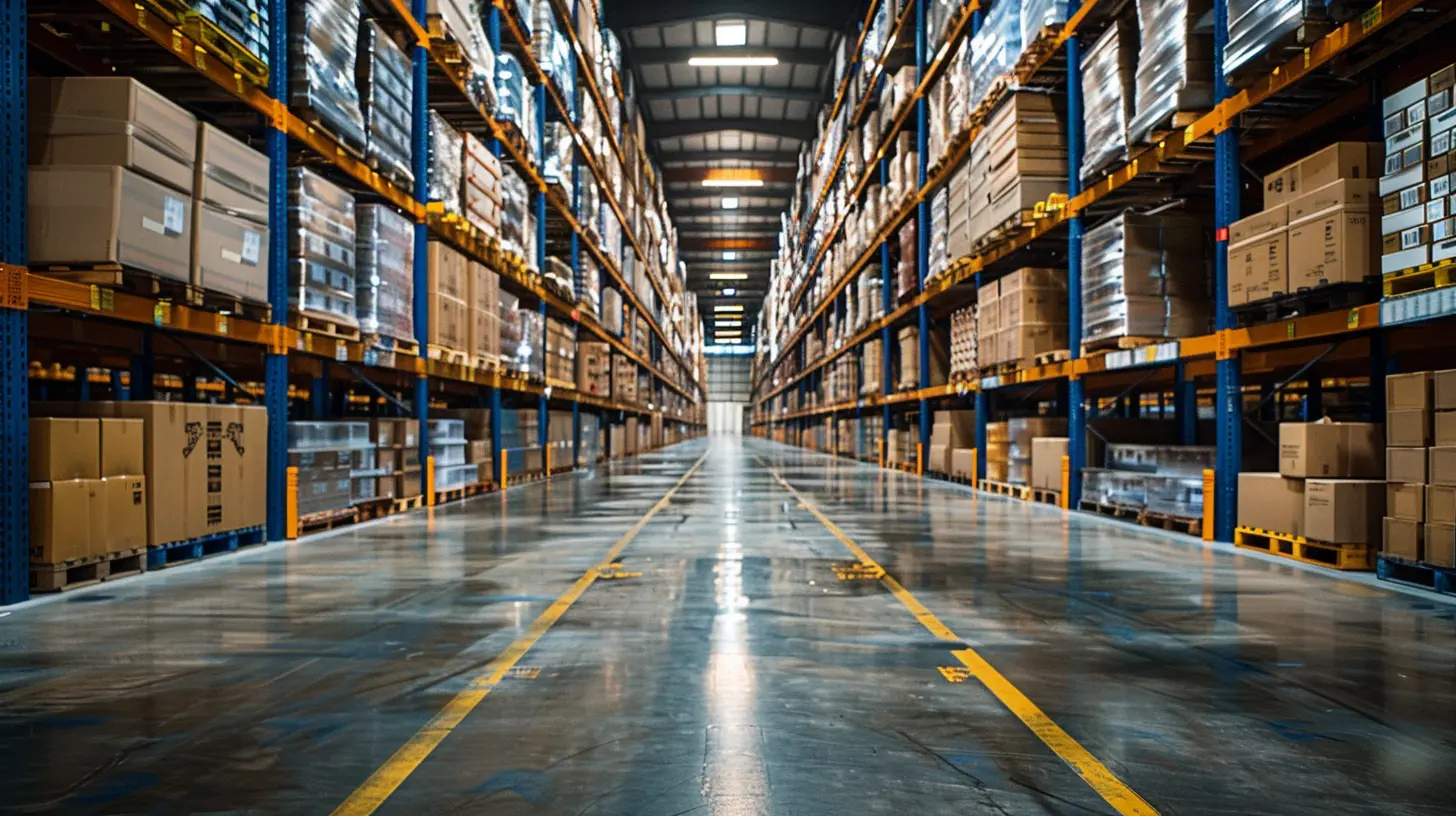The Benefits of a Dynamic Procurement System in Supply Chain
13 August 2025
Let’s be honest—traditional procurement systems are outdated. They’re clunky, slow, and too rigid for today’s fast-paced, unpredictable business world. In an age where one supply chain hiccup can cause massive delays and ripple effects across industries, businesses need to upgrade. And that’s where a dynamic procurement system steps in like a superhero with a cape.
If you’ve been dealing with static procurement processes that take months to adapt to market changes, it's time to rethink your strategy. Let’s break down what a dynamic procurement system actually is and why it’s becoming the new must-have in the supply chain world.
What is a Dynamic Procurement System?
Think of a dynamic procurement system like a turbocharged version of your typical procurement model. Instead of sticking to set contracts, fixed suppliers, and rigid processes, a dynamic system uses real-time data, automation, and flexible sourcing strategies to adapt on the fly.It’s like choosing your own adventure in real-time—procurement style. You can respond to market shifts, supplier issues, pricing changes, and ever-evolving customer needs without pausing operations.
Why Static Procurement Just Doesn’t Cut It Anymore
Let’s face it—static procurement systems are kind of like flip phones. They worked great once, but they can’t keep up with the iPhone generation of business needs.Here’s the kicker: Traditional procurement doesn't allow for rapid decision-making. A single disruption (say, a pandemic or trade restriction), and suddenly, your entire supply chain is scrambling to keep up. There’s no room for agility or resilience.
Meanwhile, industries across the board—from retail and manufacturing to healthcare and logistics—are realigning their strategies around speed and adaptability. If your procurement process can’t match that pace, you’re already behind.
The Core Benefits of a Dynamic Procurement System
Alright, so what makes this system so great? Let’s dive into the juicy parts—the benefits that make dynamic procurement a game-changer for modern supply chains.1. Improved Agility and Flexibility
Imagine you’re in a traffic jam, and there’s no GPS rerouting to help you out. That’s traditional procurement. Now imagine your GPS finds alternate routes, in real-time, avoiding every delay. That’s dynamic procurement.With a dynamic system, your procurement team can pivot quickly when the usual supplier can’t deliver. You gain access to a wider supplier pool, often with built-in criteria around cost, delivery time, and reliability. This makes your supply chain more agile and responsive.
Key takeaway: You’re not stuck waiting. You act fast, make changes on the fly, and get ahead of potential disruptions.
2. Better Cost Control and Savings
Let’s talk money.Dynamic procurement systems typically use real-time data and analytics to compare supplier prices, lead times, and performance. This means you can make smarter, cost-effective choices—not just the ones you've always gone with.
You also reduce the risk of overpaying due to long-term, locked-in contracts that don’t reflect current market rates. Flexibility allows you to chase the best value, not just the best price.
Pro tip: Some systems even use AI to predict pricing trends. So not only are you saving now, but you’re setting yourself up to save in the future too.
3. Enhanced Supplier Diversity and Competition
Let’s not sugarcoat it—relying on just a few suppliers can be risky business. If one drops the ball, your entire operation is at risk.Dynamic procurement widens your playing field. It encourages competition among suppliers, driving better performance and pricing. Plus, it promotes supplier diversity, which isn't just good for risk management—it’s also good for business ethics and PR.
By keeping your options open, you can shop smarter and work with a broader range of partners.
4. Real-Time Data and Analytics at Your Fingertips
Data is the new oil—valuable, powerful, and messy if handled wrong.A dynamic procurement system collects and analyzes data in real time. You’re not making decisions based on last quarter’s spreadsheets. You’re acting on live insights. Think supplier reliability scores, current inventory levels, demand forecasts, shipping timelines—the whole nine yards.
This level of visibility enables more accurate planning, faster decision-making, and way fewer surprises.
5. Streamlined Collaboration and Communication
Remember those endless email threads, back-and-forth calls, and constant status updates? Yeah…those should be history.Dynamic procurement platforms often come with built-in communication tools. Suppliers, procurement managers, warehouse teams, and logistics providers can all share one digital platform. Everything from RFQs to purchase orders and delivery schedules lives in a central location.
It’s like moving from handwritten letters to Slack—it makes everything faster, clearer, and way less stressful.
6. Sustainability and Ethical Sourcing Made Easier
Consumers today care about where products come from—and businesses need to keep up.A dynamic procurement system makes it much easier to vet suppliers based on sustainability practices, labor standards, and other ethical benchmarks. You can track and enforce compliance criteria in real time.
Not only does this protect your brand reputation, but it also aligns with global efforts toward responsible sourcing.
7. Faster Time-to-Market
Speed matters. The faster you can turn around products, the better your customer satisfaction and bottom line.Dynamic procurement shrinks lead times. You’re not waiting weeks for supplier approvals or stuck in endless contract negotiations. You’re identifying potential delays before they happen and switching gears to stay on schedule.
In industries where trends change at the speed of TikTok, faster time-to-market gives you a serious edge.
Real-World Applications: Who’s Winning with Dynamic Procurement?
Plenty of big players are already cashing in on the benefits:- Retail giants use it to manage seasonal inventory without overstocking.
- Automotive manufacturers rely on it to juggle hundreds of parts sourced from multiple countries.
- Pharmaceutical companies harness dynamic procurement to handle regulatory shifts and unexpected demand spikes (think COVID-19 vaccine distribution).
- Food and beverage brands use it to switch suppliers quickly, especially when sourcing from local farms or dealing with perishables.
In short? If you’ve got a supply chain, dynamic procurement can help you run it better.
Potential Challenges (And How to Handle Them)
Okay, let's keep it real. No system is perfect, and dynamic procurement does come with a learning curve.1. Upfront Costs and Implementation Time
Switching to a dynamic procurement system takes investment—both in time and money. New software, staff training, supplier onboarding—it adds up.Solution: Start small. Pilot the system with a specific product line or regional supplier. Scale up once you’ve tested the waters.
2. Resistance to Change
People like their comfort zones. Introducing a new system often meets internal pushback from teams used to “how it’s always been done.”Solution: Bring key stakeholders into the conversation early. Show how the system will make their jobs easier, not harder. Training and support are key.
3. Data Management Woes
Too much data, not enough structure—it can get chaotic quick.Solution: Start with clean data. Use procurement platforms that offer data visualization dashboards and analytics tools. Quality over quantity, always.
Final Thoughts: Is It Worth Making the Switch?
Short answer: Absolutely.We’re operating in a supply chain environment where being "fast" isn't enough—you have to be fast and smart. A dynamic procurement system arms your business with the tools to not just survive disruptions, but thrive through them.
It’s not just about buying stuff anymore. It’s about how quickly and wisely you can do it. If you're not using a dynamic system, you're basically bringing a knife to a gunfight.
So, whether you’re a small business looking to optimize or a large enterprise rethinking procurement at scale, this system isn't a “maybe one day” solution—it’s a “right now” necessity.
all images in this post were generated using AI tools
Category:
Supply Chain ManagementAuthor:

Remington McClain
Discussion
rate this article
1 comments
Greta Sanders
This article highlights the essential role of a dynamic procurement system in enhancing supply chain efficiency. I appreciate how it emphasizes adaptability and responsiveness, which are crucial in today’s fast-paced market. Implementing such systems can lead to significant cost savings and improved supplier relationships—vital for sustainable business growth.
September 8, 2025 at 3:32 AM

Remington McClain
Thank you for your insightful comment! I'm glad you found the emphasis on adaptability and cost savings valuable. A dynamic procurement system is indeed key to fostering resilience and efficiency in today's supply chain landscape.


